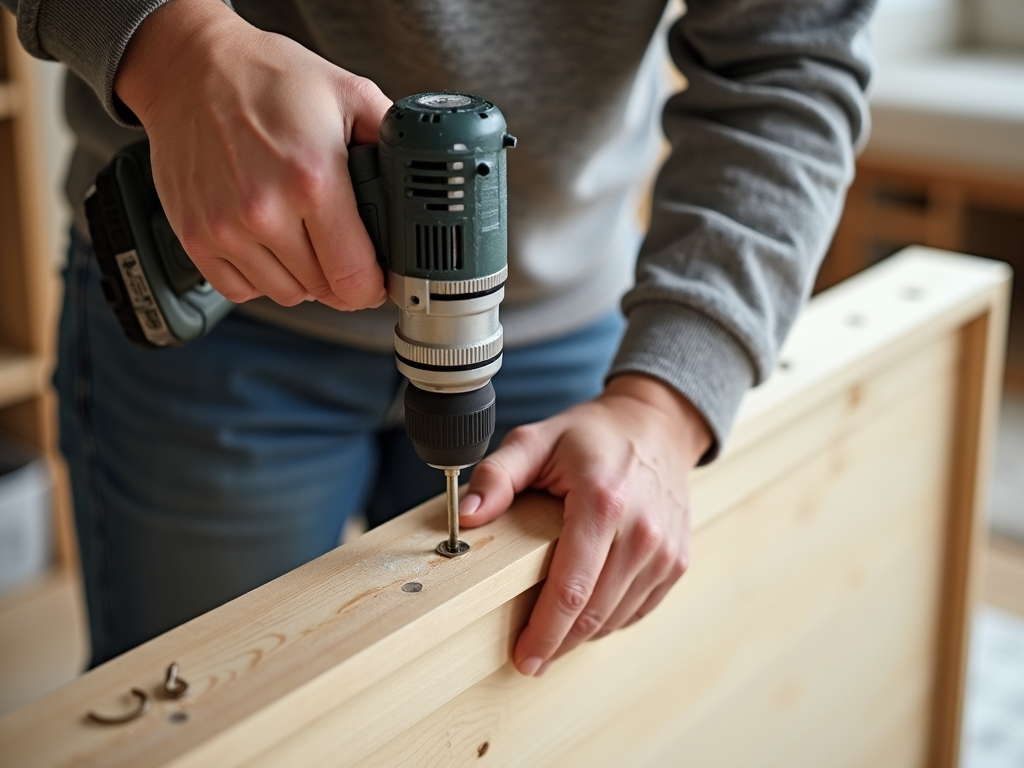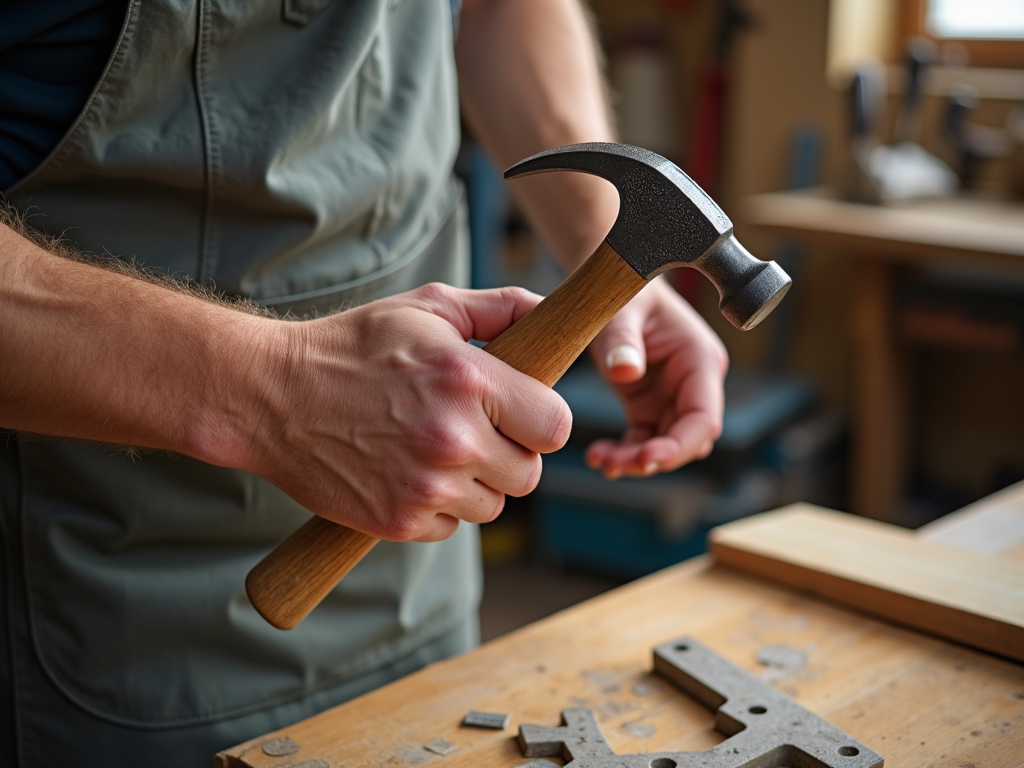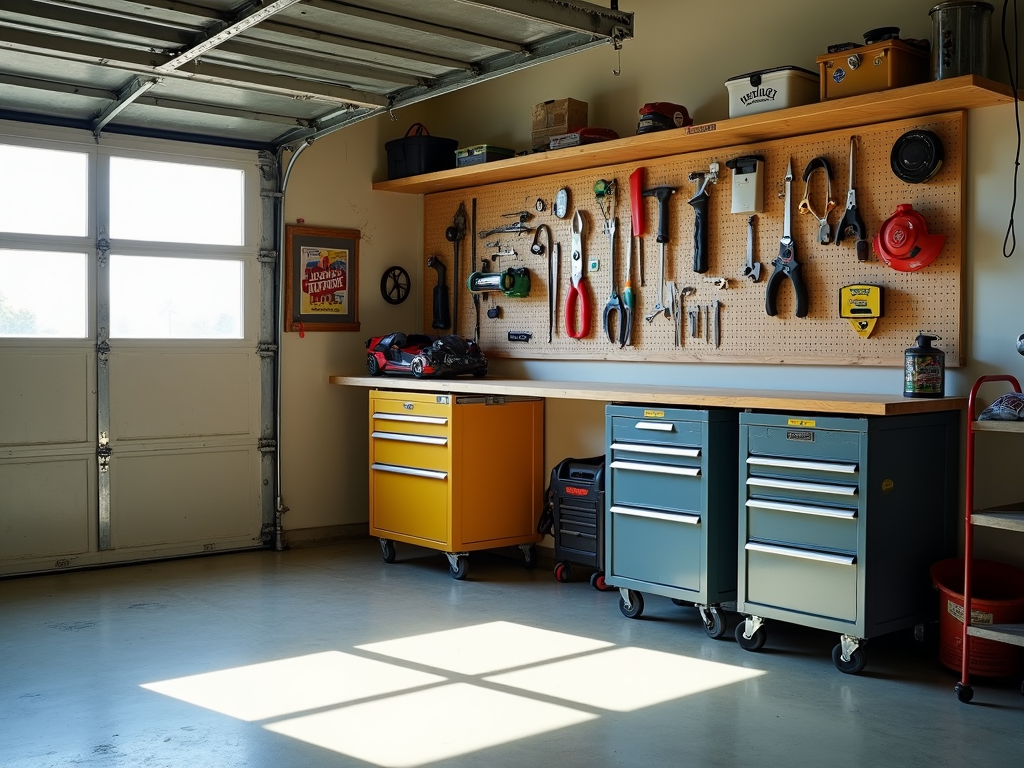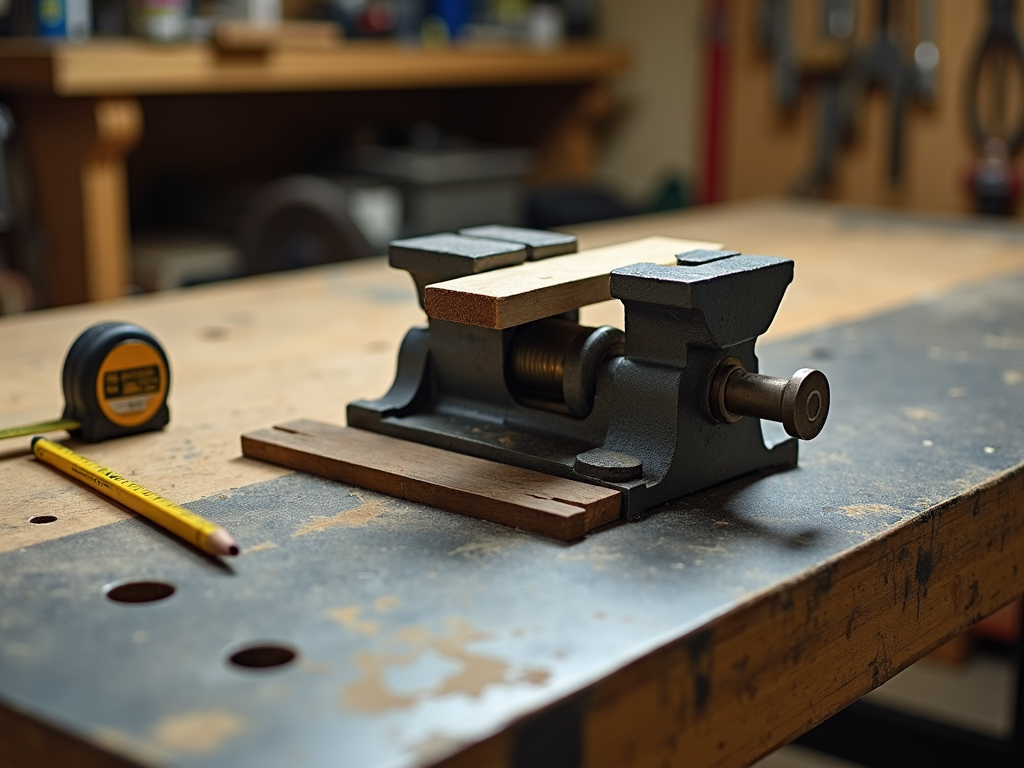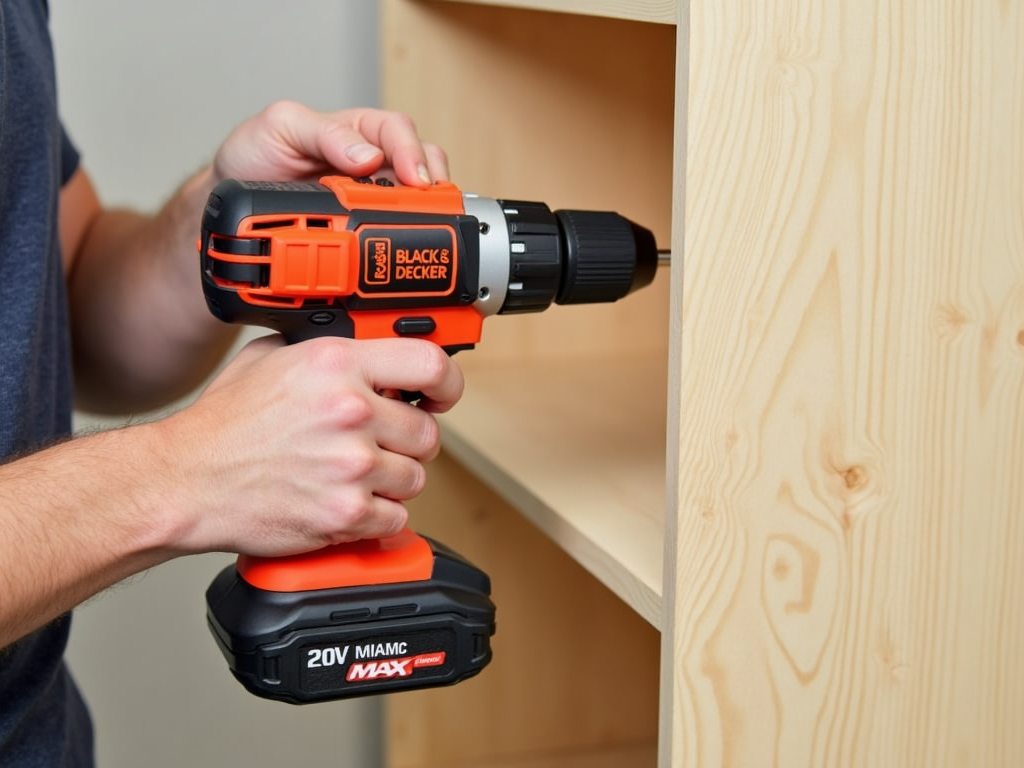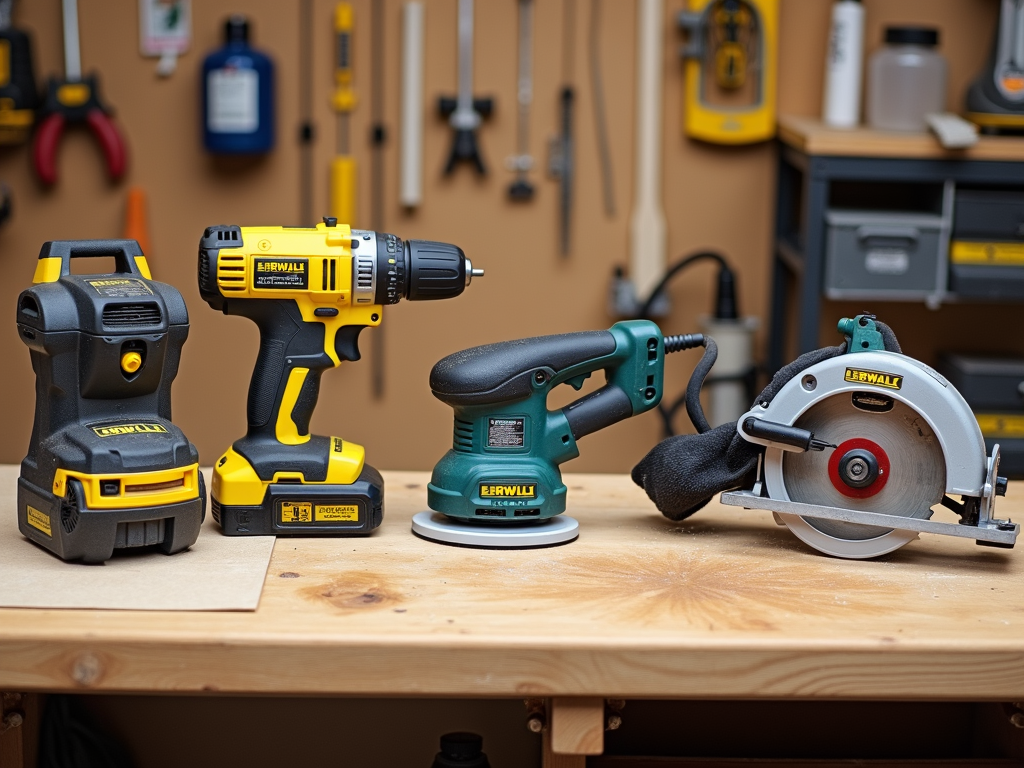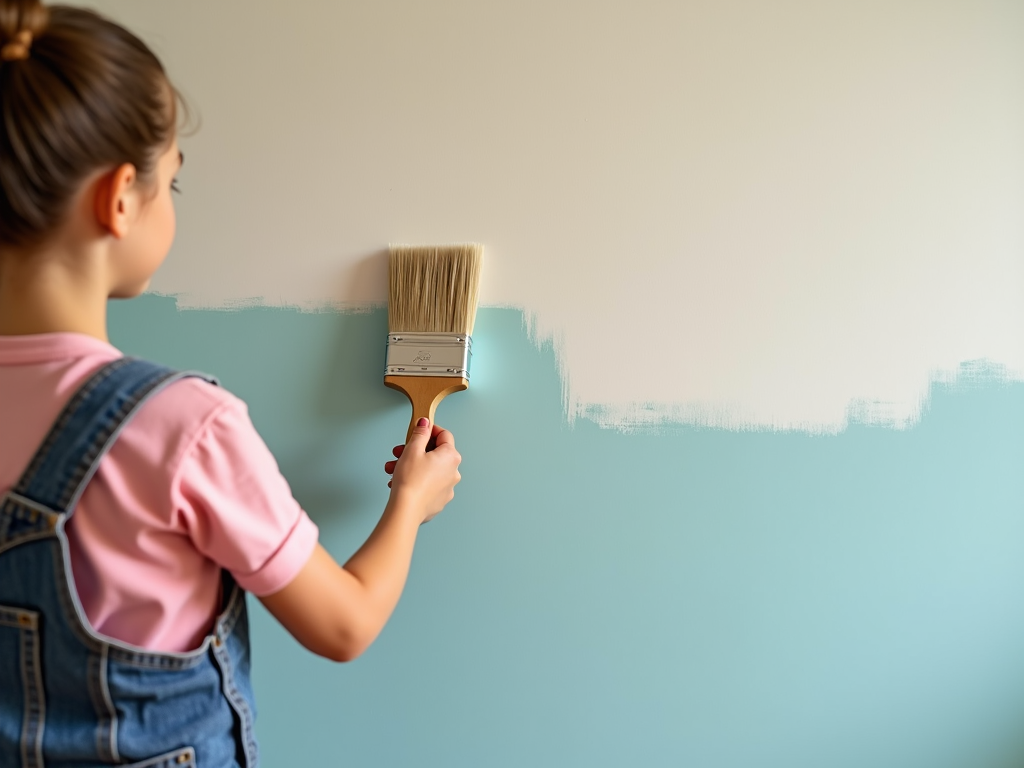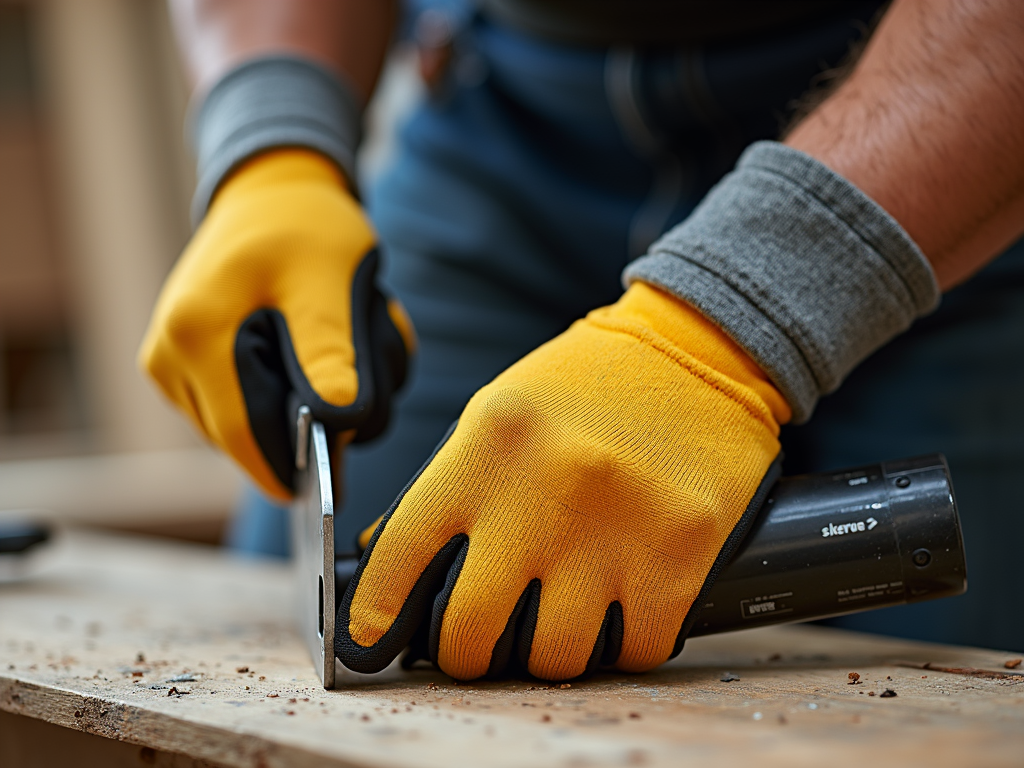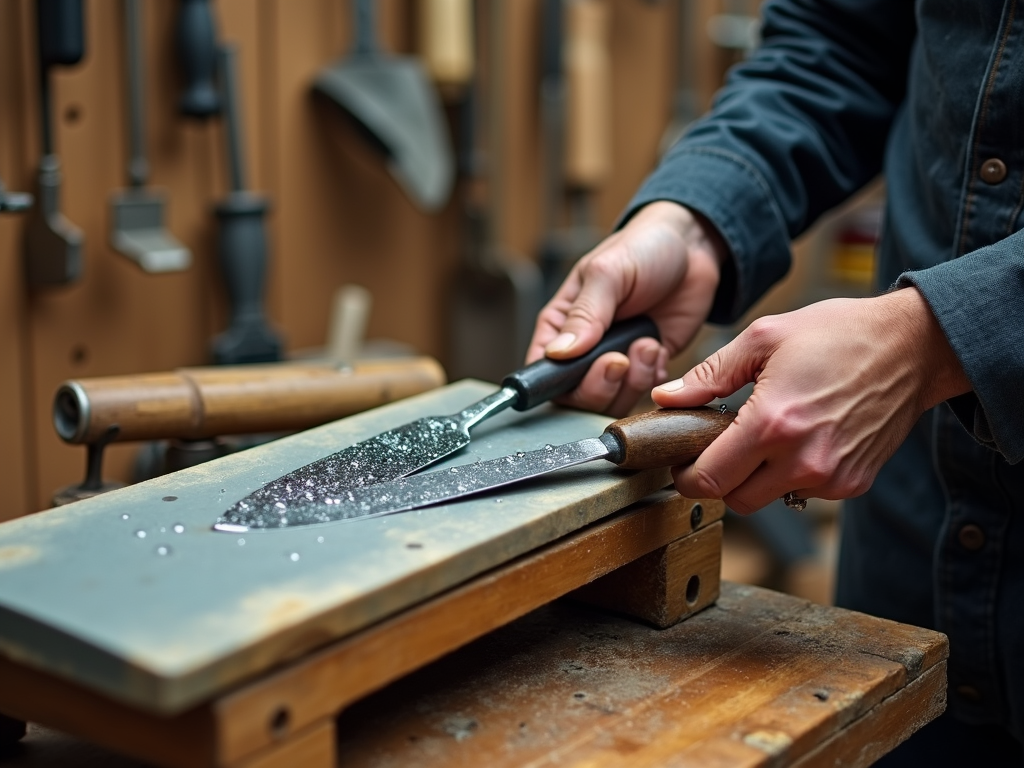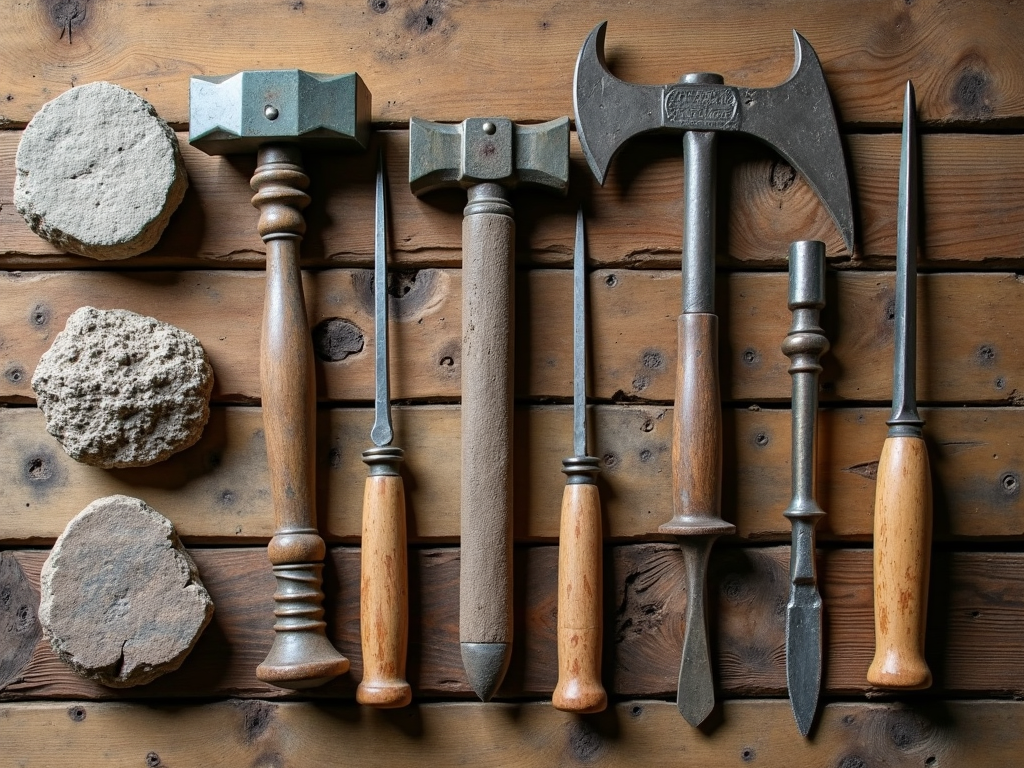Construction sites are full of action—and risks. Heavy equipment, high places, and sharp tools can turn a regular workday into a dangerous one fast. This article dives into construction safety basics to keep you safe. Expect clear tips on tools, training, and staying alert, all in plain English.
Why Safety Matters in Construction
Construction work isn’t just tough—it’s risky. The Occupational Safety and Health Administration (OSHA) says construction has more deadly accidents than any other field. I’ve seen sites where one small mistake led to big trouble. That’s why safety isn’t optional—it’s a must.
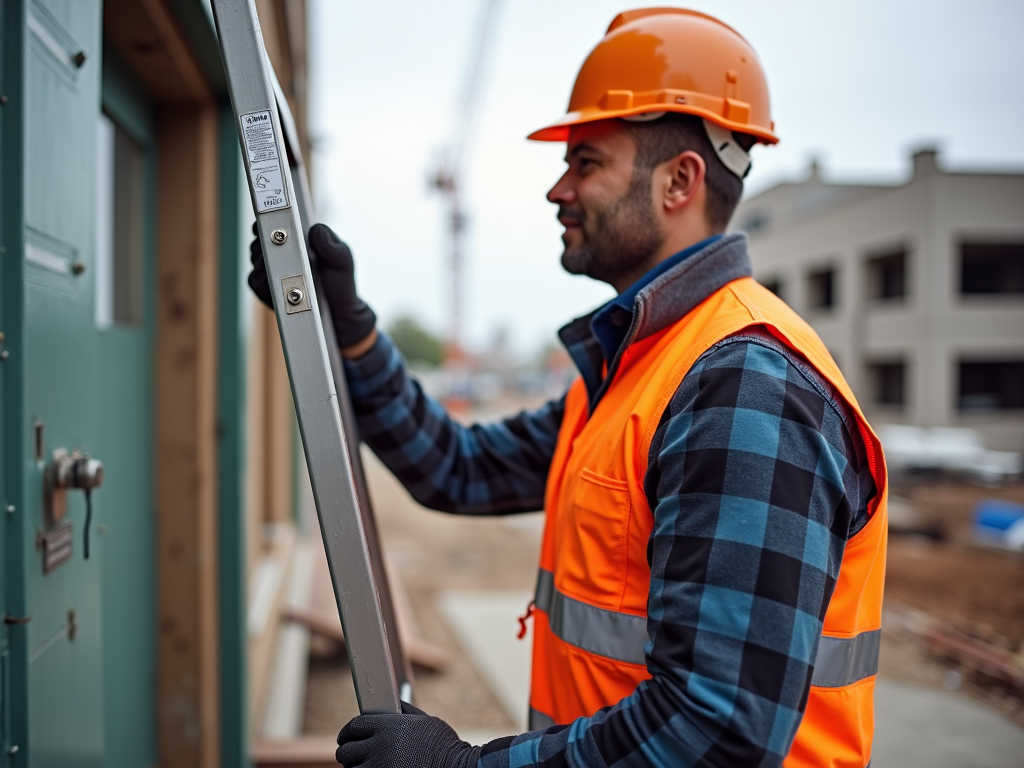
Watch Out for These Common Risks
Falls top the list of dangers. I once saw a guy step off a scaffold without a harness—luckily, he only bruised his pride. To avoid falls, use guardrails or a harness every time. Check ladders for wobbles before you climb. Roofs? Never step on one without a safety plan.
Keeping Your Construction Tools Safe
Construction tools are your best friends—until they’re not. A dull blade or cracked handle can hurt you fast. Here’s my routine: check every tool before starting. Sharpen blades, swap out broken parts, and store them right. These maintenance tips for workman tools save time and skin.
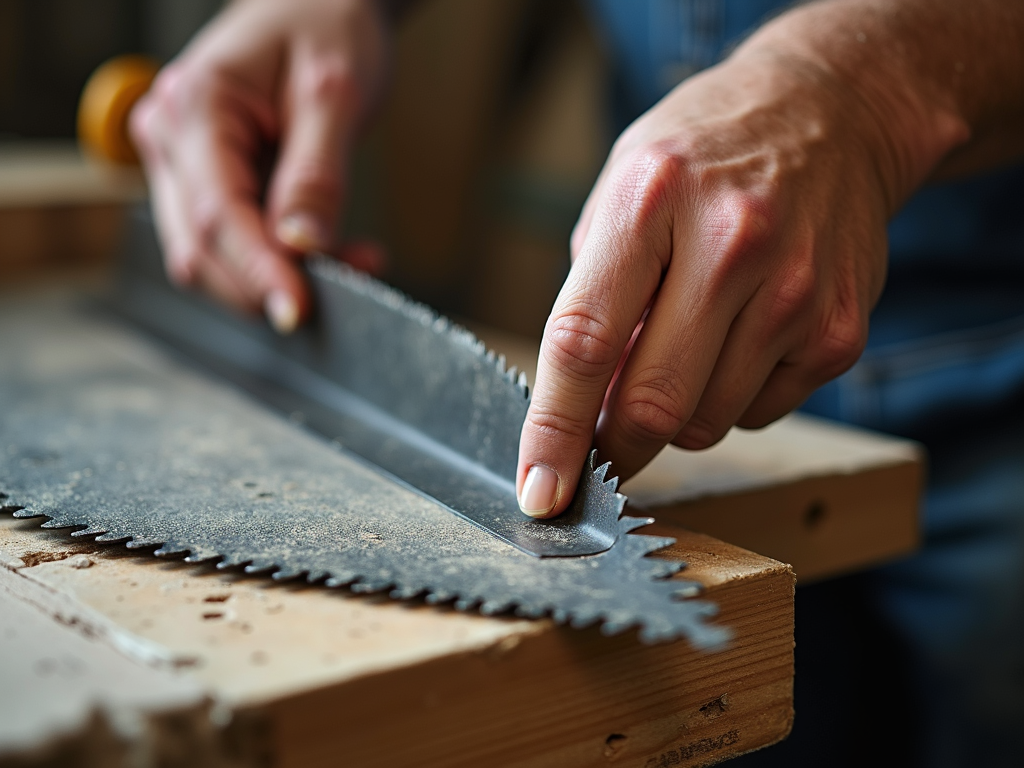
Gear Up with Personal Protection
Your safety gear is your shield. Hard hats stop falling bricks. Safety glasses block dust. Steel-toed boots? They’ve saved my toes more than once. Make sure everything fits and isn’t worn out. Toss damaged gear and grab a replacement—no excuses.
Training That Sticks
Good training can be a game-changer. I’ve been on crews where Smart Ways to Train for Construction Safety made all the difference—hands-on demos beat boring lectures every time. Learn your equipment, spot risks, and know your emergency moves. Keep it fresh with regular refreshers.

A Clean Site Is a Safe Site
Messy sites trip people up—literally. I’ve kicked away loose boards and swept up nails to keep things smooth. Clear walkways daily. Use signs to warn about wet spots or moving machines. A little cleanup goes a long way.
Quick Safety Checklist
- Falls: Harness on, ladders steady
- Tools: Inspected and sharp
- Gear: Fits and functional
- Site: Clear and signed
- Training: Up to date

Real Talk from the Field
I’ve worked sites where safety was a joke—until someone got hurt. One time, a loose nail gun fired into a guy’s leg. It didn’t have to happen. Follow these Essential Safety Tips for Construction Workers: stay sharp, use your gear, and speak up if something’s off.
Hazard Cheat Sheet
| Risk | Fix It With |
|---|---|
| Falls | Harnesses, guardrails |
| Tool mishaps | Daily checks, repairs |
| Eye injuries | Safety glasses |
| Loud noise | Earplugs |
| Back strain | Lift smart, not hard |
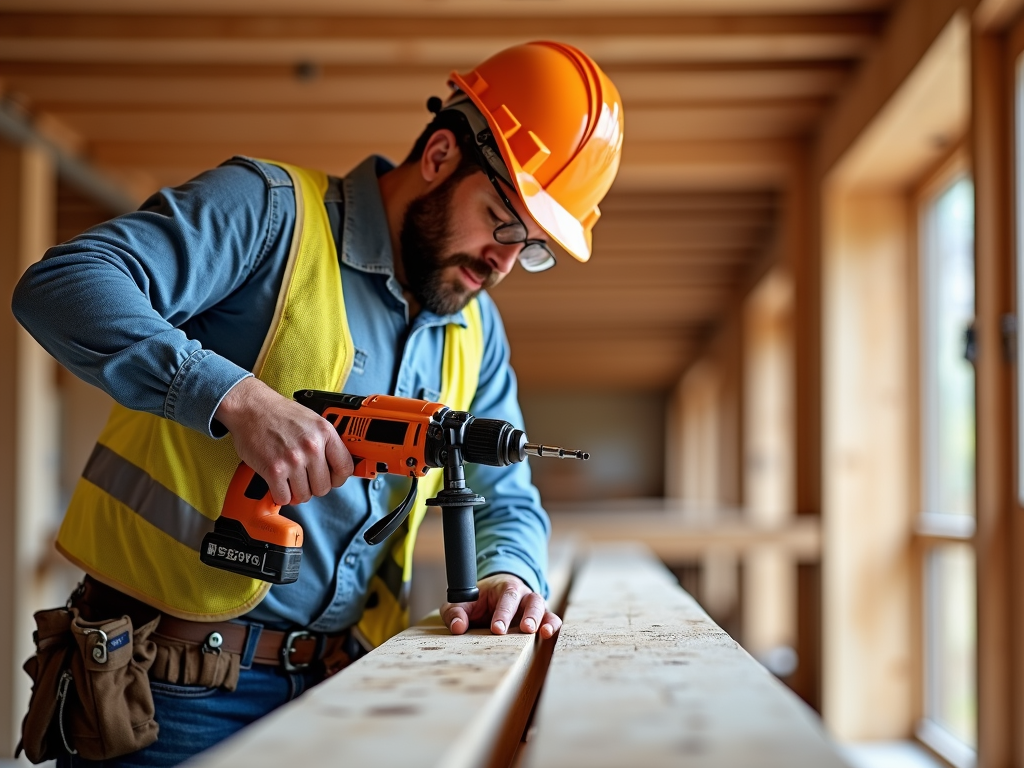
Back It Up with Facts
Want proof safety matters? The National Institute for Occupational Safety and Health (NIOSH) tracks how training cuts injuries. Another solid read is the Construction Safety Council’s guidelines. They’ve got data and tips that match what I’ve seen work.
Wrapping It Up
Safety isn’t just rules—it’s how you make it home every day. Stick to these construction safety basics: check your tools, wear your gear, train smart, and keep the site clean. Small steps, big payoff. Dig into the readings below for more.
Related https://example.com/construction-safety-basics:
- Mastering Advanced Brush Techniques: A Guide for Artists
- Choosing the Right Power Tools for Your Projects
- Understanding Hammer Dynamics and Ergonomics: A Comprehensive Guide
- Tool Organization 101: Essential Tips for Painters and DIY Enthusiasts
- How to Maintain Your Workbench: A Comprehensive Guide for Professionals and Hobbyists
- The Impact of Black & Decker on the DIY Movement
- Power Tools for Beginners: A Comprehensive Guide
- Best Tools for DIY Home Painting
- Safety First: A Guide to DIY Safety Gear
- The Ultimate Guide to Tool Sharpening Techniques
- The Evolution of Workman Tools: From Past to Present
- Top Workbench Accessories for Every Craftsman

